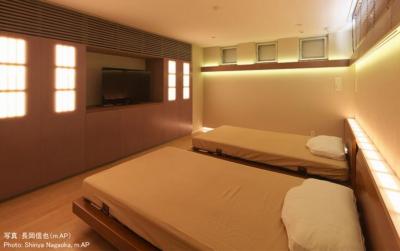OLED lighting may benefit your sleep, and even help reduce weight
Researchers from the University of Tsukuba in Japan have compared the effects of LED and OLED lighting on physical processes that occur during sleep. The researchers show that OLED exposure has a reduced effect on sleep architecture and energy metabolism.

OLED devices emits white light which contains less blue light compared to LED devices, and this does not lead to any effect on sleep architecture, but it does reduce energy expenditure and core body temperature. In addition, fat oxidation during sleep was significantly lower after exposure to LED compared with OLED. Thus OLED lighting has a similar effect to that of dim light.








